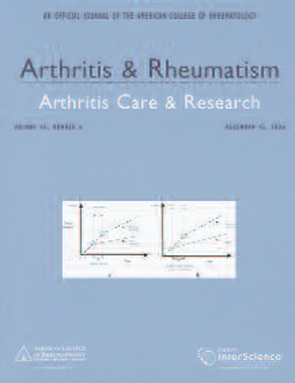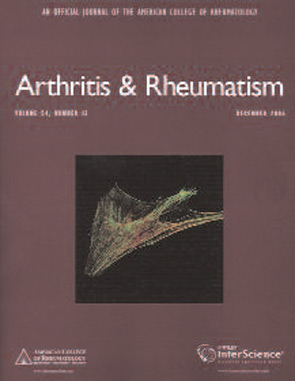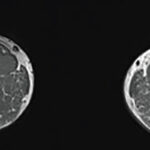
Despite Clinical Remission, Inflammation Marches on in RA
By Norra MacReady
Of more than 100 RA patients who met the clinical criteria for remission, most had ongoing synovitis when examined with magnetic resonance imaging (MRI) and ultrasonography (US).
These findings suggest that “current methods of assessing remission do not necessarily correlate with an absence of disease, and so they may be inaccurate measures of true RA remission,” the authors write.
They prospectively studied 107 people attending outpatient rheumatology clinics at the Leeds General Infirmary in Great Britain and compared them to 17 gender-matched control subjects with no history of joint disease. The patients were chosen by consultant rheumatologists, whose assessment was that these individuals were in remission. Fifty-five percent fulfilled the ACR criteria for remission, and 57% had a Disease Activity Score (DAS28) of <2.6 (another criterion of remission). They had had RA for at least 12 months with no disease flare-ups or changes in treatment for at least six months and no current indications for any treatment change. Ninety-two percent of the patients were taking disease-modifying anti-rheumatic drugs (DMARDs) when the study began, and 99% had taken at least one DMARD at some point in their treatment.
Along with the standard clinical, radiographic, and quality-of-life assessments, each patient underwent US and MRI examinations of the dominant hand and wrist joints, with the investigators noting the presence and location of any synovial hypertrophy, synovitis, tenosynovitis, or bone marrow edema.
Overall, the patients reported only mild symptoms, little functional impairment, and minimal impact on quality of life. The clinical and laboratory tests showed low levels of disease activity. Nevertheless, “of the RA patients who were in remission according to the ACR criteria, 96.1% had synovitis detectable on MRI, and 81.0% had synovial hypertrophy on US,” the authors write. “Similarly, 96.2% of the RA patients who were in remission according to the DAS28 criteria had synovitis demonstrable on MRI, and 84.2% had synovial hypertrophy on US.”
For the most accurate assessment of disease activity, patients probably should undergo regular follow-up imaging studies “at least when optimal status is believed to have been achieved,” says senior author Paul Emery, MD, clinical director of rheumatology at Leeds Teaching Hospitals Trust.

Limitations Linger after Meniscectomy
By Norra MacReady
These findings emphasize the importance of restoring muscle strength and suggest that postoperative muscle training might help some patients, says Ericsson, a physical therapist and PhD candidate at Lund University in Sweden.

